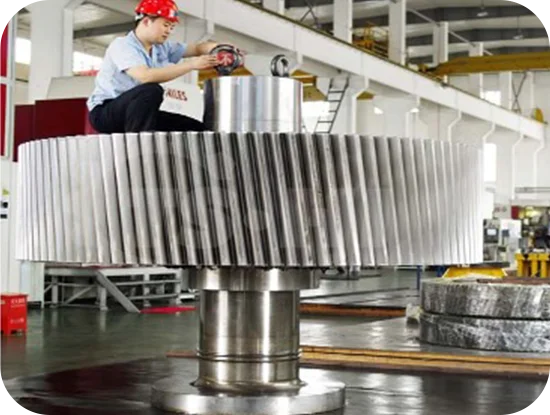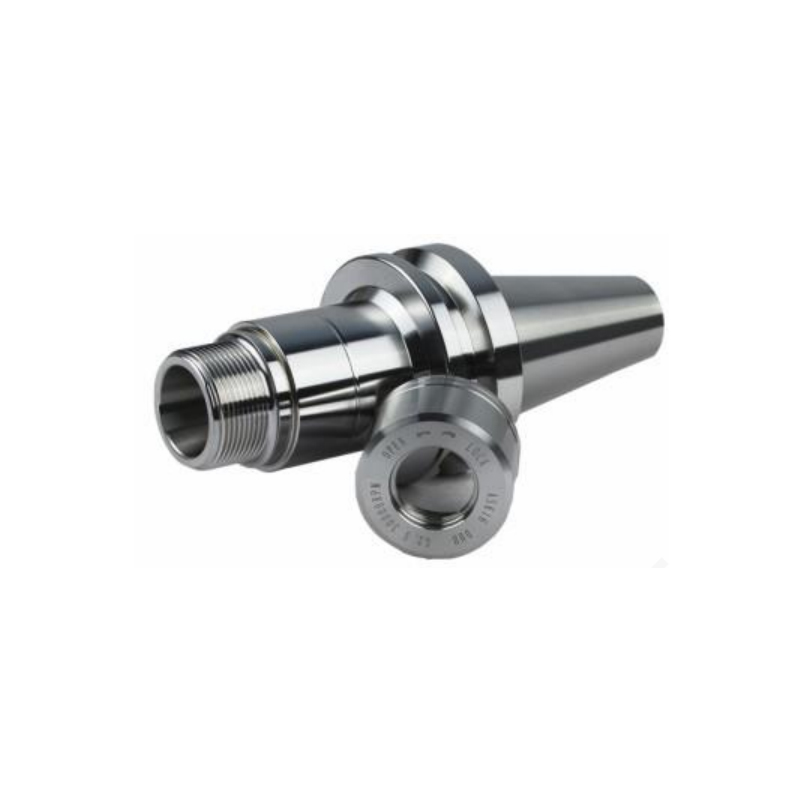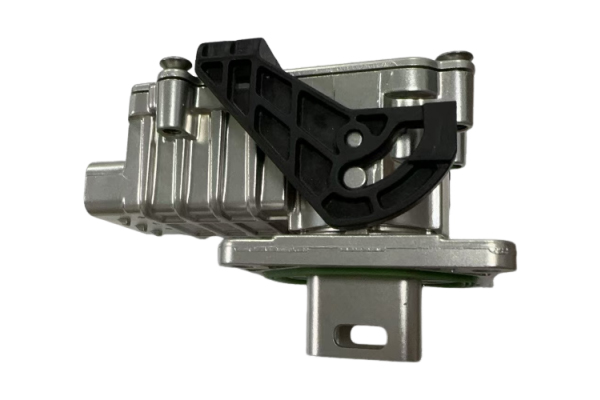When it comes to engine performance, oil pressure is a critical indicator of health and functionality. A well-lubricated engine not only ensures smooth operation but also prolongs the lifespan of its components. However, many vehicle owners find themselves grappling with the unsettling question: Why is my engine not building oil pressure? This article delves into the multifaceted reasons behind low oil pressure, the implications of neglecting this issue, and the steps you can take to diagnose and rectify the problem.
Understanding Oil Pressure
Oil pressure is generated by the oil pump, which circulates engine oil throughout the engine's components. This oil serves several essential functions, including lubrication, cooling, and cleaning. The oil pressure gauge or warning light on your dashboard provides real-time feedback on the engine's oil pressure levels. A drop in oil pressure can lead to severe engine damage, making it imperative to address any issues promptly.
Common Causes of Low Oil Pressure
- Oil Level and Quality: One of the most straightforward reasons for low oil pressure is insufficient oil levels. Regularly checking your oil level and ensuring it is within the recommended range is crucial. Additionally, using the wrong type of oil or old, degraded oil can compromise lubrication and lead to pressure drops.
- Oil Pump Failure: The oil pump is responsible for maintaining oil circulation. If the pump is malfunctioning due to wear and tear, a blockage, or a broken drive belt, it may fail to generate adequate pressure. Symptoms of a failing oil pump can include unusual noises and fluctuating oil pressure readings.
- Oil Leaks: External oil leaks can significantly reduce the amount of oil in the engine, leading to low oil pressure. Common leak points include gaskets, seals, and oil pan bolts. Regular inspections can help identify and address leaks before they escalate into more significant issues.
- Clogged Oil Filter: The oil filter plays a vital role in trapping contaminants and debris. Over time, a clogged filter can restrict oil flow, resulting in decreased pressure. Regular oil changes and filter replacements are essential to maintain optimal engine performance.
- Worn Engine Components: As engines age, internal components such as bearings, piston rings, and cylinder walls can wear down, leading to increased clearances and reduced oil pressure. If your engine has high mileage, this could be a contributing factor.
- Faulty Oil Pressure Sending Unit: Sometimes, the issue may not be with the oil pressure itself but rather with the sending unit that relays information to the gauge. A malfunctioning sending unit can provide inaccurate readings, leading to unnecessary concern.
Diagnosing the Problem
If you find yourself facing low oil pressure, it’s essential to conduct a thorough diagnosis. Here are some steps to consider:
- Check Oil Level and Quality: Start by checking the oil level using the dipstick. If the oil is low, top it off with the recommended oil type. If the oil appears dirty or has a burnt smell, consider an oil change.
- Inspect for Leaks: Look for signs of oil leaks under the vehicle or around the engine. Pay attention to gaskets and seals, as these are common failure points.
- Test the Oil Pressure: Use an oil pressure gauge to measure the actual oil pressure. This will help determine if the issue lies with the oil pump or the sending unit.
- Examine the Oil Filter: If the oil filter hasn’t been changed recently, it may be time for a replacement. A clogged filter can significantly impact oil flow.
- Consult a Professional: If you’re unable to identify the issue, it may be time to consult a professional mechanic. They can conduct a more in-depth analysis and recommend necessary repairs.
The Consequences of Ignoring Low Oil Pressure
Ignoring low oil pressure can lead to catastrophic engine damage. Insufficient lubrication can cause components to overheat, seize, or wear prematurely. In severe cases, you may face a complete engine failure, resulting in costly repairs or even engine replacement. Therefore, addressing low oil pressure promptly is not just a matter of convenience; it’s a necessity for the longevity of your vehicle.
Conclusion
Understanding why your engine is not building oil pressure is crucial for maintaining its health and performance. By recognizing the common causes and taking proactive steps to diagnose and address the issue, you can prevent further damage and ensure your engine runs smoothly. Regular maintenance, including oil changes and inspections, is key to avoiding low oil pressure problems in the first place. Remember, when it comes to engine health, vigilance is your best ally.





